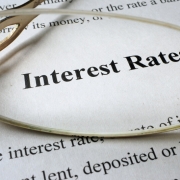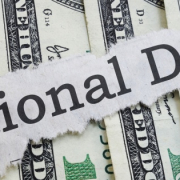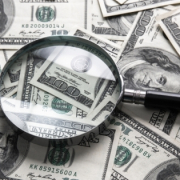CRE Transactions Expected to Fall 5% Next Year Amid Rising Treasury Yields
To understand where interest rates might go, watching the actions of the Federal Reserve is important, of course, but so is monitoring yields of Treasury instruments. Whether bonds, notes, or bills, depending on the term, they have great sway.
Treasurys are considered safe investments, and so are one of those practical baselines for calculating risk adjusted returns. As the yields rise, so do interest rates.
But as is true with anything, trying to track every movement can become confusing.
For example, CBRE noted on Thursday, November 3 that the “recent bond market sell off has lifted the 10-year Treasury yield to nearly 5% and further dampened investor sentiment for commercial real estate.”
“Rather than inflation, a mix of short- and medium-term economic and political pressures is driving up bond yields,” they continued. “These include a stronger-than-expected economy with robust consumer spending, increasing term premiums, the surging government deficit and reductions in the Fed’s balance sheet (quantitative tightening).”
Based on such data and their analysis, CBRE said that it lowered growth expectations for CRE investment rate volumes in 2024. The projection had been +15%; now they are -5%.
“Our econometric models indicate that the rise in the 10-year Treasury yield to 5% or more, if sustained, will raise cap rates and lower capital values for commercial real estate,” they wrote.
And if they were correct that the 10-year would continue a strong upward pace, maybe the impact of higher interest rates would have such an impact. They might even be correct.
But this is where following short-term data flows can drive people to potentially make mistakes.
On Wednesday November 1, the 10-year dropped from the previous day’s 4.88% yield to 4.77%. Then on Thursday, it hit to 4.67%, and Friday closed out at 4.57%. Similarly, the 2-year yield went from 5.07% on Tuesday to 4.83% on Friday.
Econometric models can be wrong. Then again, they could be correct, look further out, and maybe yields will rebound in the long run.
But then, CBRE wrote that other than office, the “relative health” of CRE property types “makes forward internal rates of return (IRRs) increasingly attractive.”
“If the economy manages a soft landing and long-term bond rates ease, investment activity may surprise on the upside,” they wrote.
This is why solid hedging strategies make a great deal of sense.
Source: GlobeSt.










